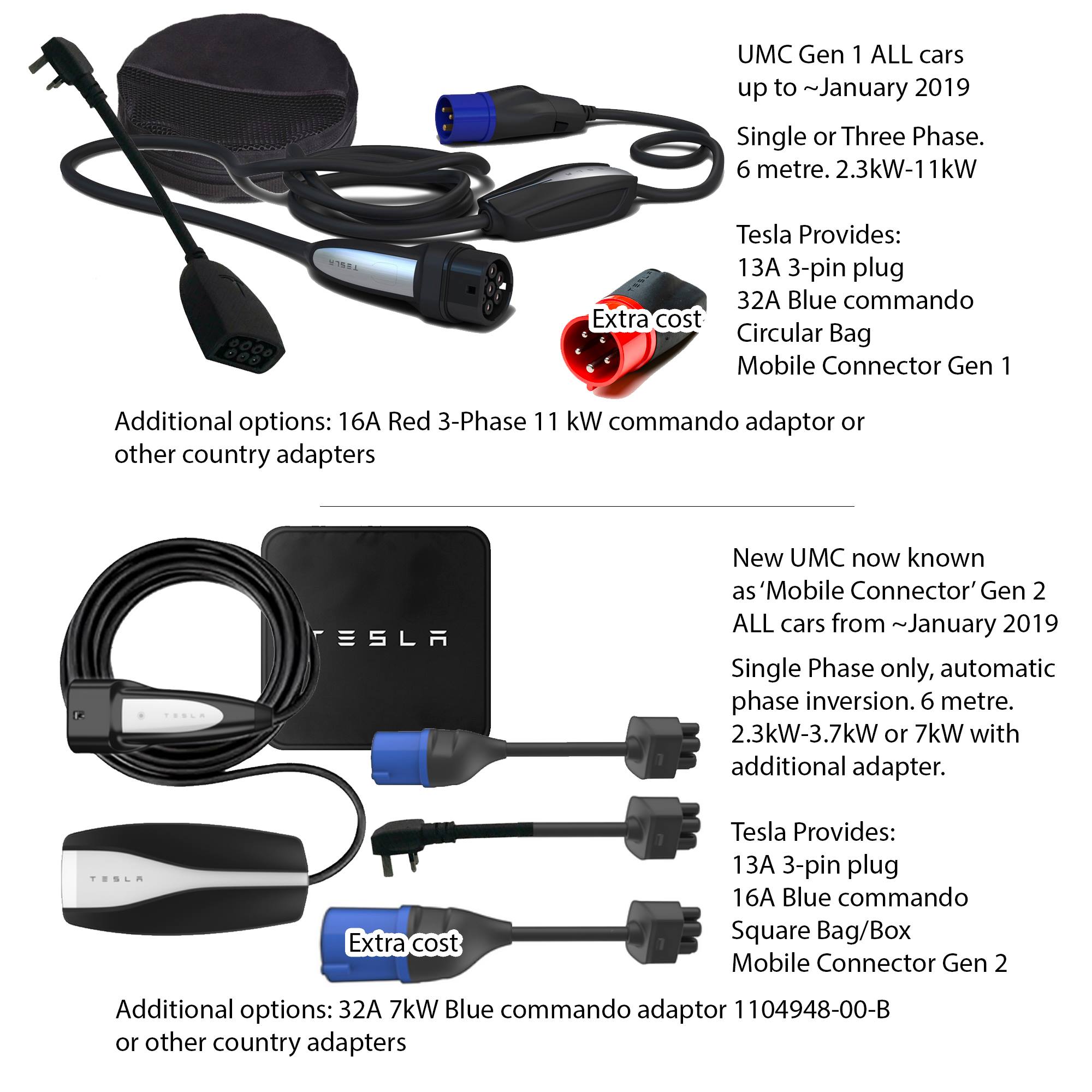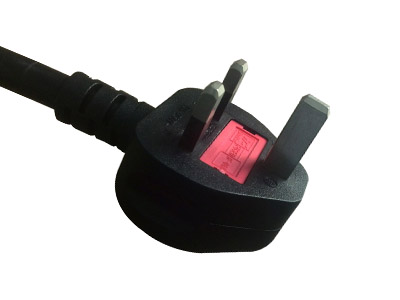Just a quick PSA regarding the EVSE that comes with teslas. The charge rate kept dropping to 5 Amps (4 miles per hour) when charging on the 3-pin charge cable at home. I assumed it was the wiring in my garage causing too much of a voltage drop. However, it happened even from known-good sockets, and I noticed the plug was very hot (more so that normal). I check the fuse in the 3-pin plug.
Firstly, it's fitted with a 10A fuse (just saying). Also, the plastic clip around the fuse had perished a little. Swapping out this fuse immediately resolved the low charge rate issue.
Just wanted to mention it so if you see a similar issue you know to check if the fuse is wearing out. You may also want to carry a spare fuse in case it happens on a road trip. Could be the difference between 100 miles and 50 miles (or zero) of range added over night.
Firstly, it's fitted with a 10A fuse (just saying). Also, the plastic clip around the fuse had perished a little. Swapping out this fuse immediately resolved the low charge rate issue.
Just wanted to mention it so if you see a similar issue you know to check if the fuse is wearing out. You may also want to carry a spare fuse in case it happens on a road trip. Could be the difference between 100 miles and 50 miles (or zero) of range added over night.





